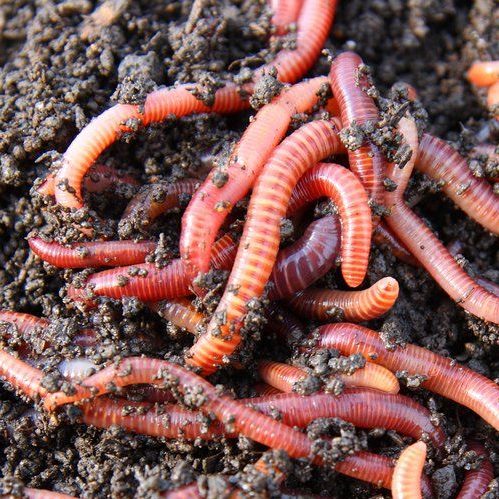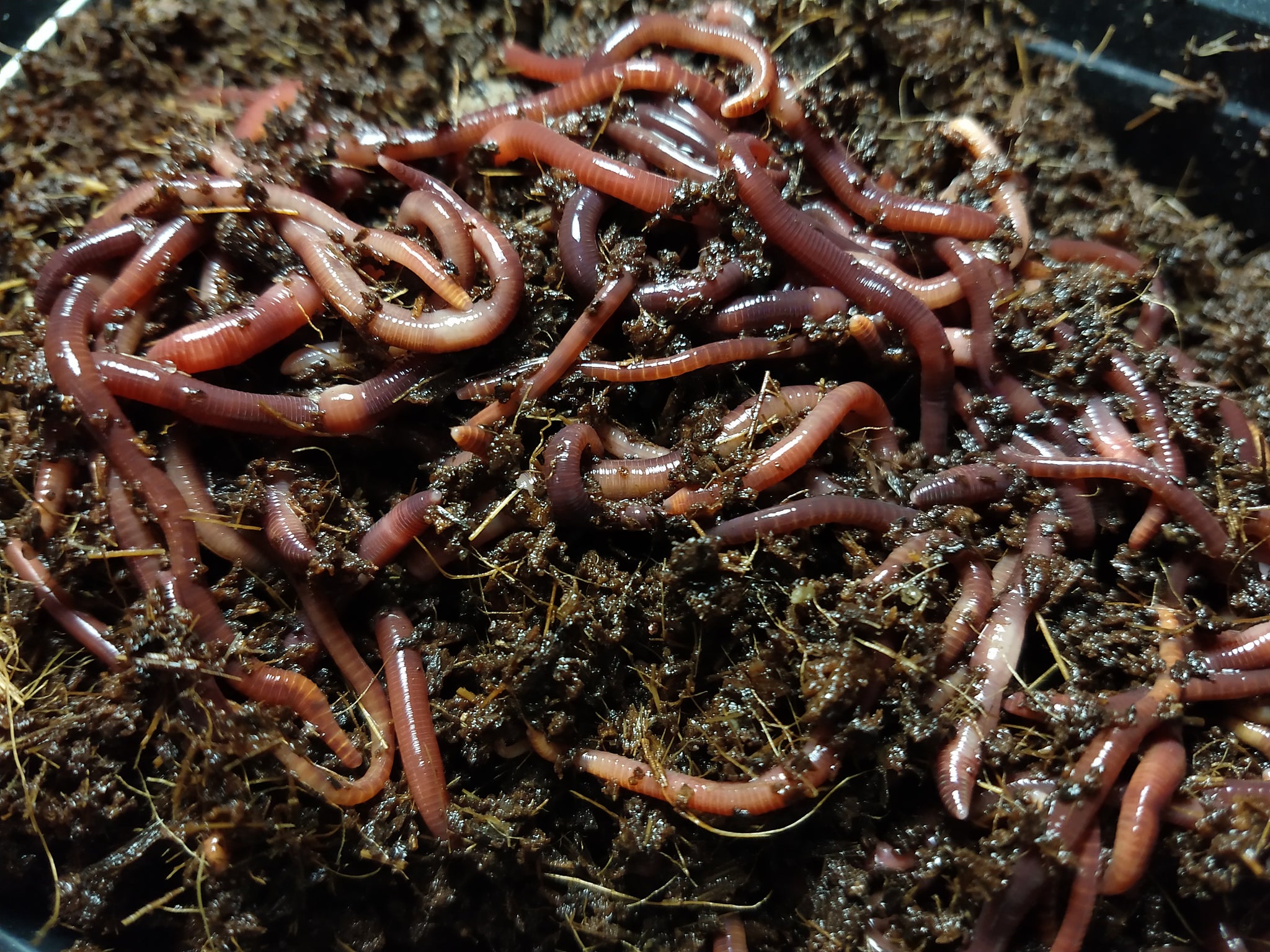Red Wigglers: The Unsung Heroes of Organic Waste Recycling
Red wigglers, or Eisenia fetida, offer as crucial agents in the organic waste recycling procedure, transforming disposed of materials right into useful vermicompost. As the globe significantly looks for solutions to combat waste accumulation and boost agricultural efficiency, recognizing the function of these worms becomes crucial.
What Are Red Wigglers?
The amazing resilience of red wigglers, clinically referred to as Eisenia fetida, emphasizes their critical role in natural waste recycling. These small, reddish-brown earthworms are usually discovered in decomposing raw material, such as garden compost heaps and manure stacks. Lake Hickory Bait. Unlike various other earthworm varieties, red wigglers thrive in nutrient-rich settings and are highly effective at damaging down natural products, making them vital for vermicomposting

Advantages of Composting With Worms
Composting with worms, particularly red wigglers, provides countless advantages that boost both waste monitoring and soil health. These worms efficiently break down organic waste, converting it right into nutrient-rich vermicompost that enriches soil. This process accelerates decomposition, allowing for a much faster recycling of kitchen scraps and other natural products contrasted to conventional composting approaches.
In addition, the vermicompost generated by red wigglers is including useful microbes, which assist boost soil framework, oygenation, and dampness retention. This boosts the overall wellness of plants, promoting energetic growth and enhanced yields in yards and agricultural settings. Moreover, making use of worms in composting reduces the production of greenhouse gases, such as methane, adding to a much more lasting waste management system.

Just How to Start Vermicomposting
Establishing a vermicomposting system is an uncomplicated procedure that can produce considerable advantages for both waste monitoring and soil enrichment. To start, select an appropriate container, such as a plastic bin or wooden box, with appropriate air flow holes to guarantee correct air flow. The dimensions must ideally be about 2 feet by 3 feet, permitting sufficient space for the worms why not try here to thrive.
Next, prepare bedding material, which can include shredded paper, cardboard, or coconut coir. This bed linen ought to be dampened to create an ideal environment for the worms. Once the bed linen is in place, introduce red wigglers (Eisenia fetida) right into the container, usually around one pound of worms for every square foot of surface.
Complying with the positioning of worms, include natural waste, such as vegetables and fruit scraps, coffee premises, and crushed eggshells. Avoid including dairy products, meat, or oils, as these can create smells and draw in insects. Place the container in a shaded, temperature-controlled location to preserve optimum conditions for worm task. With these actions, you will properly launch a vermicomposting system that adds to lasting waste management and enhances your dirt.
Preserving a Healthy Worm Bin
Aeration is critical. Gently mixing the bedding and food scraps every few weeks avoids compaction and ensures that all worms have accessibility to oxygen. In addition, it is very important to feed the worms appropriately. A balanced diet of vegetables and fruit scraps, coffee premises, and crushed eggshells need to be supplied in moderation to stay clear of overfeeding, which can cause smells and bugs.
Temperature law is an additional essential element. Red wigglers prosper in a variety of 55 to 77 degrees Fahrenheit. If the container becomes too hot or cool, the worms might come to be stressed out - Lake Hickory Bait. Regularly examine for indications of wellness, such as worm population growth and the existence of healthy spreadings. By carefully taking care of these aspects, one can keep a durable and efficient worm bin.
Influence On Sustainable Living
The effective upkeep of a worm bin not just profits the wellness of red wigglers yet additionally adds significantly to sustainable living practices. By recycling natural waste, such as kitchen scraps and yard debris, red wigglers assist draw away considerable quantities of material from landfills. This decrease in waste not only lowers greenhouse gas emissions but also decreases the ecological burden linked with waste administration.
Moreover, the castings created by red wigglers offer as a nutrient-rich natural plant food, enhancing soil health and wellness and advertising plant growth. This all-natural choice to chemical plant foods sustains lasting farming and gardening techniques, minimizing reliance on artificial inputs that can harm ecological communities. In addition, worm composting promotes recognition of waste monitoring, encouraging people and neighborhoods to take on more lasting habits.

Conclusion
In summary, red wigglers function as essential factors to natural waste recycling via their effective decay of natural products. Their capability to generate nutrient-rich vermicompost improves dirt wellness and sustains lasting farming techniques. By integrating vermicomposting into waste administration methods, people and neighborhoods can dramatically minimize waste while promoting environmental sustainability. The role of Eisenia fetida in fostering healthy communities highlights the value of these organisms in achieving sustainable living and boosting dirt fertility.
Comments on “Lake Hickory Bait Provides the Tools You Need for a Perfect Lawn”